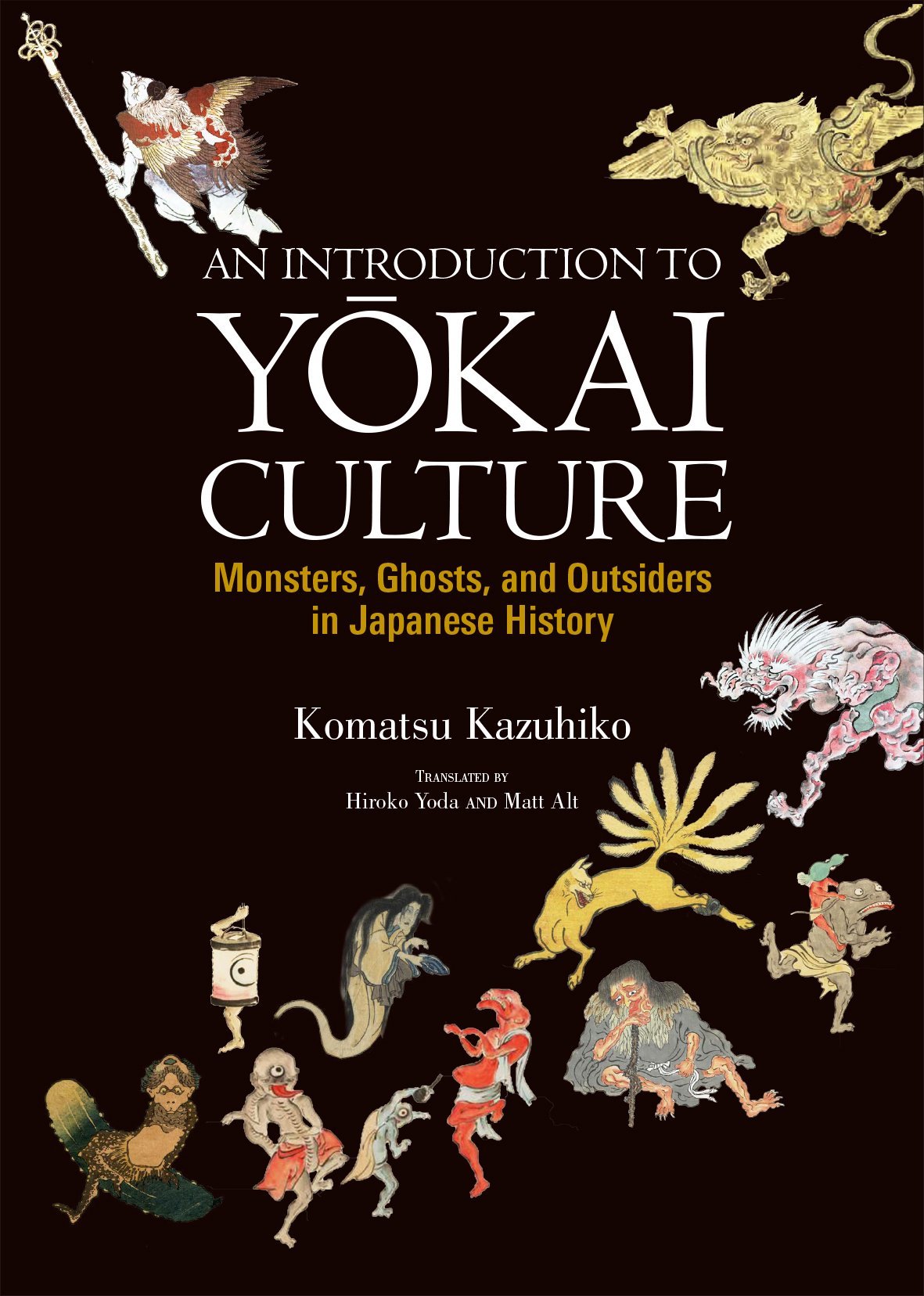What do you think?
Rate this book


196 pages, Hardcover
First published May 22, 2012
When a person who has died appears before us, that is indeed a yūrei ... But should it it lose its name, it can only be called an obake. The reason for this is that, a yūrei retains its consciousness and self after death.
“Groups create ijin in order to define themselves as peers or insiders. These ijin are then used as a medium to strengthen the group’s own bonds of solidarity as it discusses how to deal with them, whether that means acceptance, self-segregation, or expulsion”